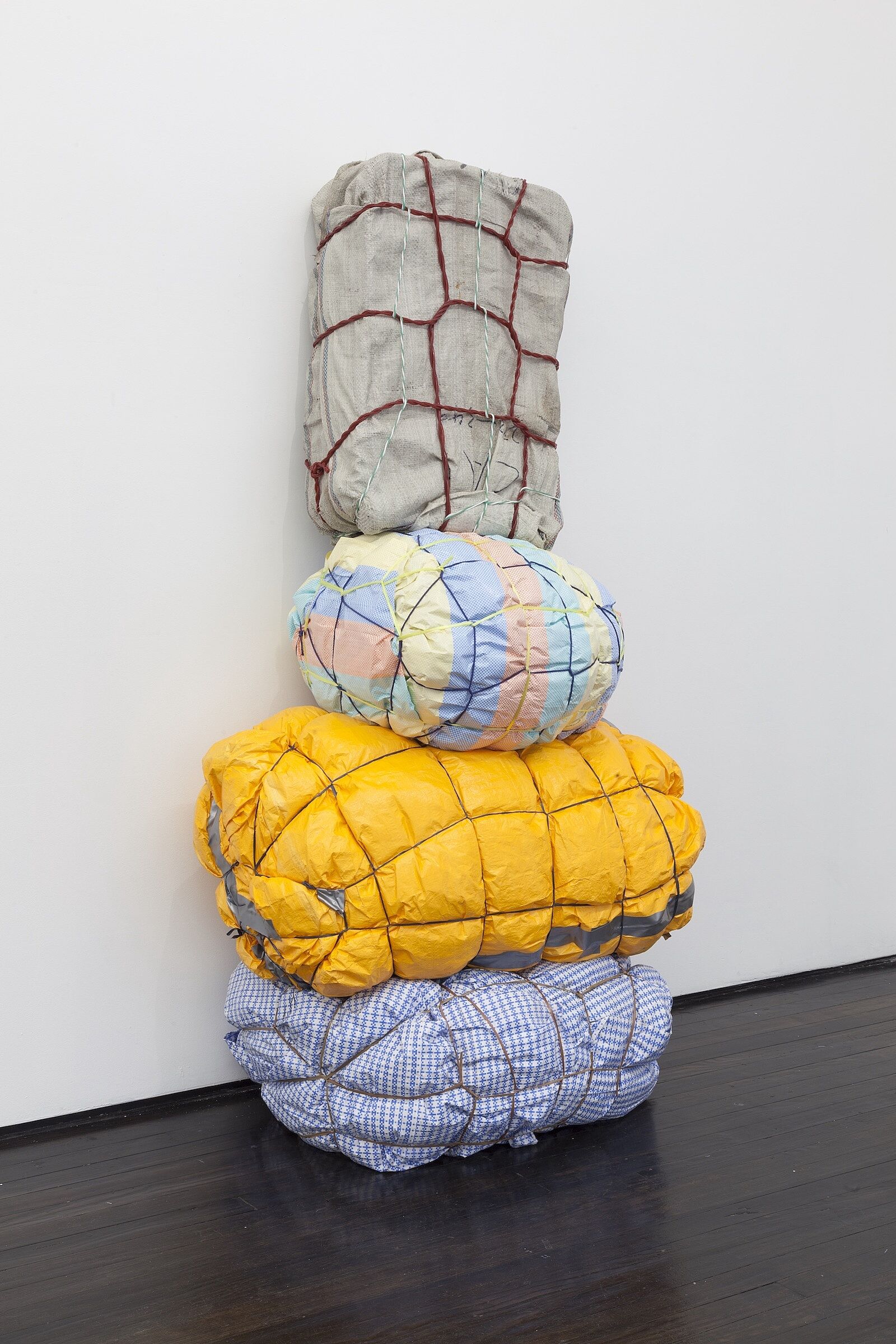Brendan Fernandes
May 13, 2019
0:00
Brendan Fernandes
0:00
Brendan Fernandes: Hi, my name is Brendan Fernandes. I'm a visual artist. I work between the intersections of dance, and sculpture, and performance.
Narrator: Fernandes’s contribution to the Biennial is a group of structures that can stand on their own as sculptures, but also serve as sites for performance.
Brendan Fernandes: Coming from a dance background—dance training through ballet—I have created devices that put dancers into specific positions, forms indicative of the technique of ballet.
There's five devices, five dancers, and they will each have a device assigned to them. They'll stay in the device for as long as they can. At certain moments, they are given a cue to leave the device, and in the center of the installation is a large, cage-like device. Something that seems daunting, something that seems austere, but for me, this dungeon kind of space becomes a space of freedom and sanctuary. A safe space for them to release their bodies.
As a former dancer, training in the ballet world, I've always been questioning my body, my sense of who I was in that world. Ballet is a very specific type of dance form, and specific types of bodies are require to perform the gestures, or to be quote-unquote technically successful in that space.
I think about race, class, gender, through ballet. Those things are very much set through western hegemony narratives. Part of what I'm doing in this work is to be critical and to break down those binaries, because we are in a space that we need to change that, and dance needs that so much in its narrative, to think about things differently.
In 2019 Biennial.

